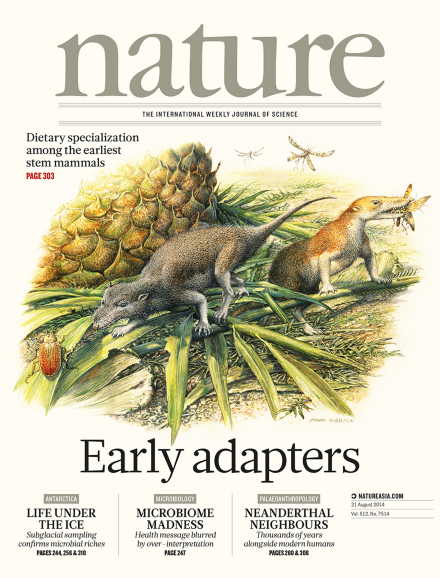Volume 512 Issue 7514, 21 August 2014
Editorial
World View
Research Highlights
Clarification
Seven Days
News
Correction
News Feature
Comment
Books & Arts
Correspondence
News & Views
-
The time of the last Neanderthals
Collection:

